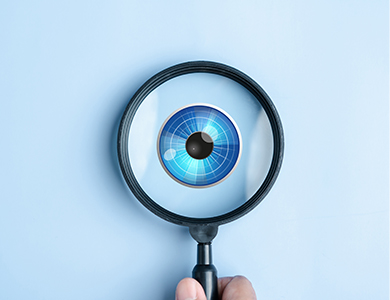
Dry eye syndrome can significantly impact your daily comfort and vision quality. Whether caused by environmental factors, prolonged screen time, or underlying health conditions, managing dry eyes often begins with artificial tears. However, not all artificial tears are the same—viscosity plays a key role in determining their effectiveness. Understanding the differences between high and low viscosity artificial tears can help you choose the best option for your needs.
Low Viscosity Artificial Tears
Low viscosity artificial tears are thin and watery, closely mimicking natural tears. They spread easily across the eye’s surface and provide fast relief for mild dryness. Because they are lightweight, they do not cause significant blurring of vision, making them ideal for daytime use, especially for individuals who spend long hours on digital devices or wear contact lenses.
Best for:
Mild dry eye symptoms
Frequent use throughout the day
Contact lens wearers
People needing clear vision immediately after application
High Viscosity Artificial Tears
High viscosity artificial tears are thicker and provide more substantial, long-lasting hydration. These drops create a protective layer over the eye, helping to retain moisture and reduce irritation for a longer period. However, their thicker consistency can cause temporary blurriness, making them better suited for nighttime use or when prolonged vision clarity is not immediately necessary.
Best for:
Moderate to severe dry eye symptoms
Overnight use
People who need longer-lasting moisture
Individuals experiencing burning or gritty sensations in the eyes
When to See Your Doctor
While artificial tears can provide relief, they may not be sufficient for individuals with chronic or severe dry eye. If you find yourself relying on eye drops frequently without lasting comfort, Dr. Su can recommend additional treatments tailored to your specific needs.
Advanced Dry Eye Treatments
For those with persistent dry eye symptoms, prescription eye drops or corticosteroids may help reduce inflammation and promote healthy tear production. Our optometrist will determine the most suitable option based on the underlying cause of your dry eye.
If you wear contact lenses and struggle with dry eyes, switching to a more suitable lens type can make a significant difference. Daily disposable lenses provide a fresh, moist surface each day, reducing irritation and buildup of deposits that can worsen dryness. Dr. Su can assess your specific needs and recommend the best lenses to enhance comfort while maintaining clear vision.
For severe cases where the eyes are not retaining enough moisture, punctal plugs may be recommended. These tiny devices are inserted into the tear ducts to slow tear drainage, allowing the eyes to stay lubricated for longer periods.
Finding the Right Solution for Your Dry Eyes
Choosing between high and low viscosity artificial tears depends on the severity of your symptoms, your daily routine, and how long you need relief to last. However, if over-the-counter drops are not enough, professional treatment may be necessary.
If you’re struggling with dry eye symptoms, schedule a consultation with InnoVision Optometry to explore the best solutions for your needs. Visit our office in Rowland Heights, California, or call (626) 593-8700 to book an appointment today.









